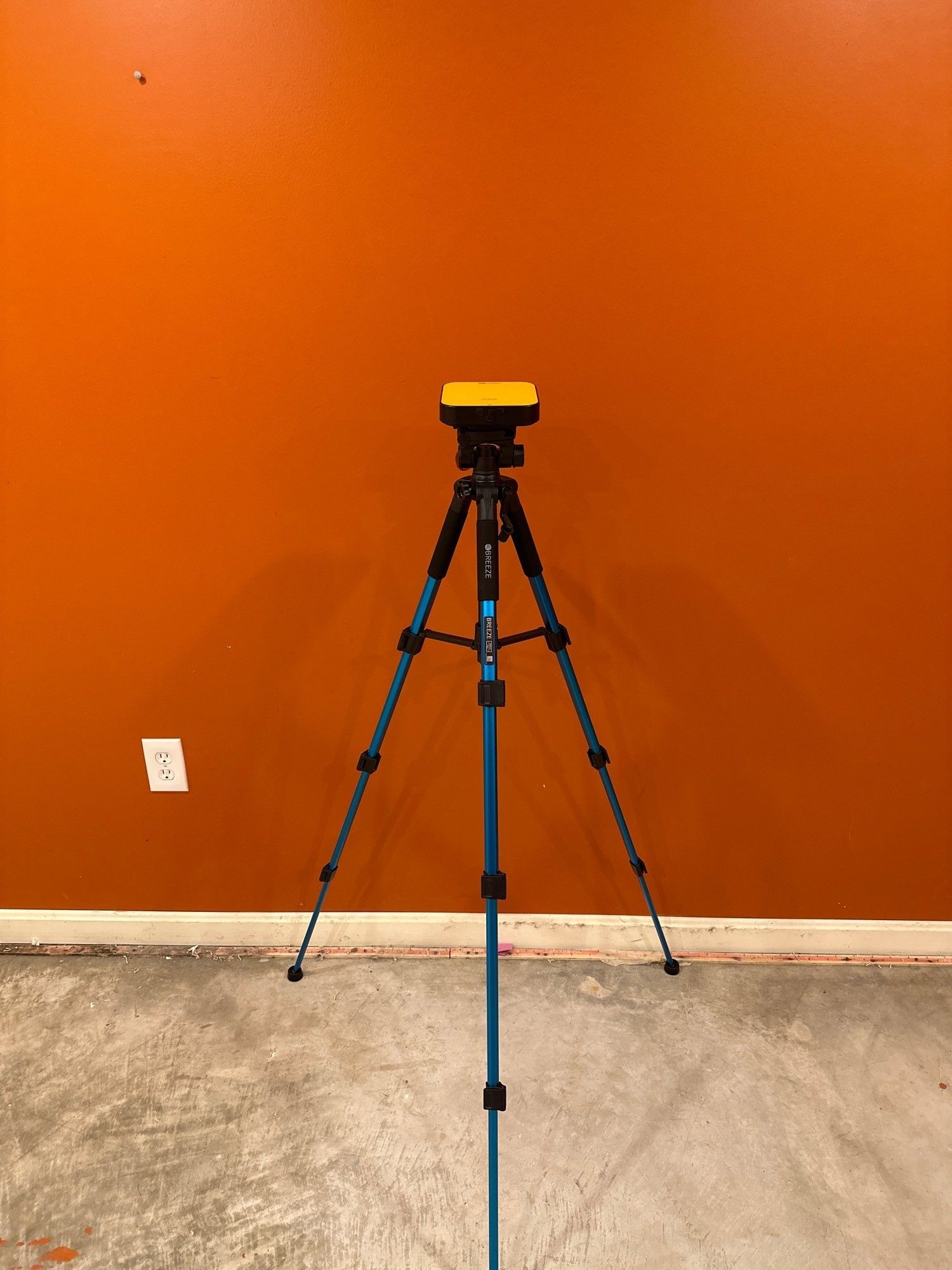RADON TESTING
Radon Testing Services in Maryland
A radon inspection is a process that measures the level of radon gas in a home. Radon is an odorless, colorless, and tasteless gas that can be found naturally in soil and rocks. It is a carcinogen that can cause serious health problems, including lung cancer, if it accumulates in a home. Radon inspections involve testing the air throughout the home to determine the level of radon present. The results of the inspection can help determine whether the home is safe to inhabit or if it needs to be remediated.
In soil and rock, radon is a radioactive gas that has no flavor, smell, or color. It is created when uranium in the earth breaks down, and it can enter homes and other structures through foundational fissures and other holes. Radon testing is an essential part of keeping a home safe because long-term exposure to radon has been associated with an elevated risk of lung cancer.
Unveiling Radon Gas Levels: Understanding Radon Testing and Detector Options
The technique of assessing the radon gas levels in a house or other structure is known as radon testing. A small instrument called a radon detector is often placed in the lowest level of a building or home to be tested for a few days to many months. The detector gathers information on the levels of radon gas in the air, which is then examined by a specialist to establish the typical radon level in the building or residence.
There are numerous varieties of radon detectors available, each with unique benefits and drawbacks. The most typical kinds of detectors are as follows:
Passive detectors: These detectors don't need a power source, are frequently affordable, and are simple to operate. They consist of electret ion chambers, alpha track detectors, and charcoal canisters.
Active detectors: These detectors need to be powered and can deliver radon level information in real-time. They include charcoal liquid scintillation devices and continuous radon monitors (CRMs).
Regardless of the type of detector being used, it is crucial to carefully follow the manufacturer's instructions and install the detector in the right spot inside the house or structure. In general, detectors should be situated away from any sources of air flow, such as windows or doors, and in a room that is often used, like a living room or bedroom.
Regardless of location or age, the Environmental Protection Agency (EPA) advises that all residences undergo radon testing. The EPA also advises testing every two years or anytime significant alterations are made to the home or building's structure.
Safeguarding Indoor Air Quality: Addressing Elevated Radon Levels through Mitigation Measures
Guidelines for radon levels in houses and buildings have been developed by the EPA, and it is advised that action be done if the average radon gas level reaches 4 pCi/L (picocuries per liter) of air. This level is a guideline that suggests the need for additional testing or corrective action rather than being a safe level.
It is crucial to take steps to lower the levels of radon in the home or structure if the results of a radon test show levels over the EPA guideline. Installing a radon mitigation system, which typically entails the installation of a vent pipe and fan to pull the radon gas out of the house and vent it to the outside, is the most popular technique of radon remediation.
Thorough Inspection
Home Inspection Radon
A qualified radon mitigation contractor will often install radon mitigation systems because they can evaluate a building or residence and recommend the best solution depending on its size, layout, and radon levels.
There are a number of actions that building managers and homeowners can do to lower the levels of radon in their homes and buildings in addition to professional remediation. These actions comprise:
- Radon entry can be prevented by caulking gaps and openings in the building's foundation and walls.
- Opening windows or setting up a ventilation system to boost airflow to improve ventilation.
- If radon is discovered in the home's water supply, installing a radon-reducing water treatment system.
- Maintaining low indoor humidity levels is important because high humidity can raise the air's radon gas content.
To sum up, radon testing is a crucial step in ensuring a secure and healthy living space. by taking the necessary precautions to prevent exposure and detecting the radon gas levels in a building or house.
Next Level Home Inspections is a family owned and operated business capable of providing full home inspections in Maryland that include radon and water testing as well as drone and thermal imaging.
NAVIGATION
Next Level Home Inspections is a family owned and operated business capable of providing full home inspections in Maryland that include radon and water testing as well as drone and thermal imaging.
NAVIGATION
LOCATION


